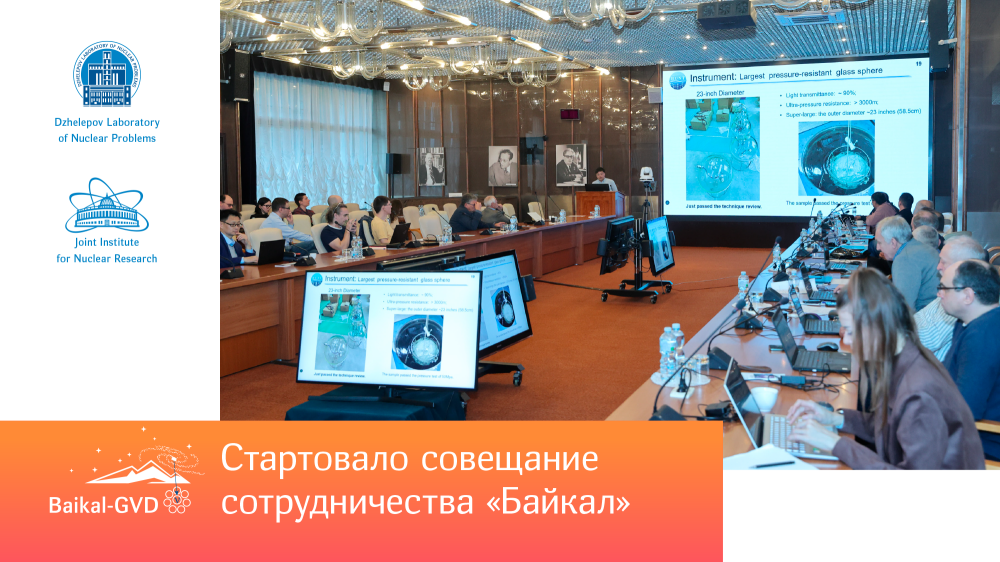Review of the DLNP Seminar on February 18, 2020 by Mikhail Zarubin “Biological Processes under the Conditions of Low Background Radiation. Research Prospects at the Low-Background Laboratory of the Baksan Neutrino Observatory”
At the moment, studies of background radiation impact on evolutionary and adaptation processes in living organisms are being performed at several physics research centres: LNGS (National Laboratory Gran Sasso, Italy), CNRS (National Centre of Scientific Research, Modane, France), WIPP (Waste Isolation Pilot Plant, New Mexico, USA), SNOLAB (Sudbury Neutrino Observatory, Canada), JINR/BNO (Joint Institute for Nuclear Research/Baksan Neutrino Observatory, Institute for Nuclear Research, Russian Academy of Sciences, Neutrino village, Russia).
This research line represents a new field of radiation biology. In 2015-2019, the development of new experimental methods intensified studies of adaptation problems under low-background radiation. Genome stability/variability at the long-term exposure under low-background radiation and positive/negative impact of absence of natural background radiation on living organisms are the most discussed issues. Previous experiments at the underground low-background and control surface laboratories manifested a number of effects caused by removal of natural background radiation.
The results obtained by different research groups, however, did not allow the scientists to construct a unified model explaining the observed phenomena. That is why the JINR/BNO experiments under the unique conditions of the low-background DULB-4900 laboratory, based on novel molecular-biological methods of transcriptome analysis used at DLNP, enable for the first time the reaction of the multicellular organism of Drosophila melanogaster to low background radiation to be analyzed at the level of all the expressing genes, which lets us evaluate the entire picture of the adaptation response.







